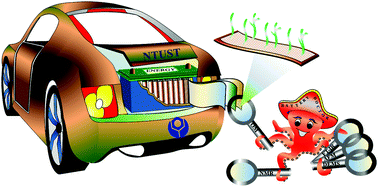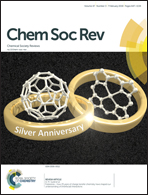In situ analytical techniques for battery interface analysis
Abstract
Lithium-ion batteries, simply known as lithium batteries, are distinct among high energy density charge-storage devices. The power delivery of batteries depends upon the electrochemical performances and the stability of the electrode, electrolytes and their interface. Interfacial phenomena of the electrode/electrolyte involve lithium dendrite formation, electrolyte degradation and gas evolution, and a semi-solid protective layer formation at the electrode–electrolyte interface, also known as the solid–electrolyte interface (SEI). The SEI protects electrodes from further exfoliation or corrosion and suppresses lithium dendrite formation, which are crucial needs for enhancing the cell performance. This review covers the compositional, structural and morphological aspects of SEI, both artificially and naturally formed, and metallic dendrites using in situ/in operando cells and various in situ analytical tools. Critical challenges and the historical legacy in the development of in situ/in operando electrochemical cells with some reports on state-of-the-art progress are particularly highlighted. The present compilation pinpoints the emerging research opportunities in advancing this field and concludes on the future directions and strategies for in situ/in operando analysis.



 Please wait while we load your content...
Please wait while we load your content...